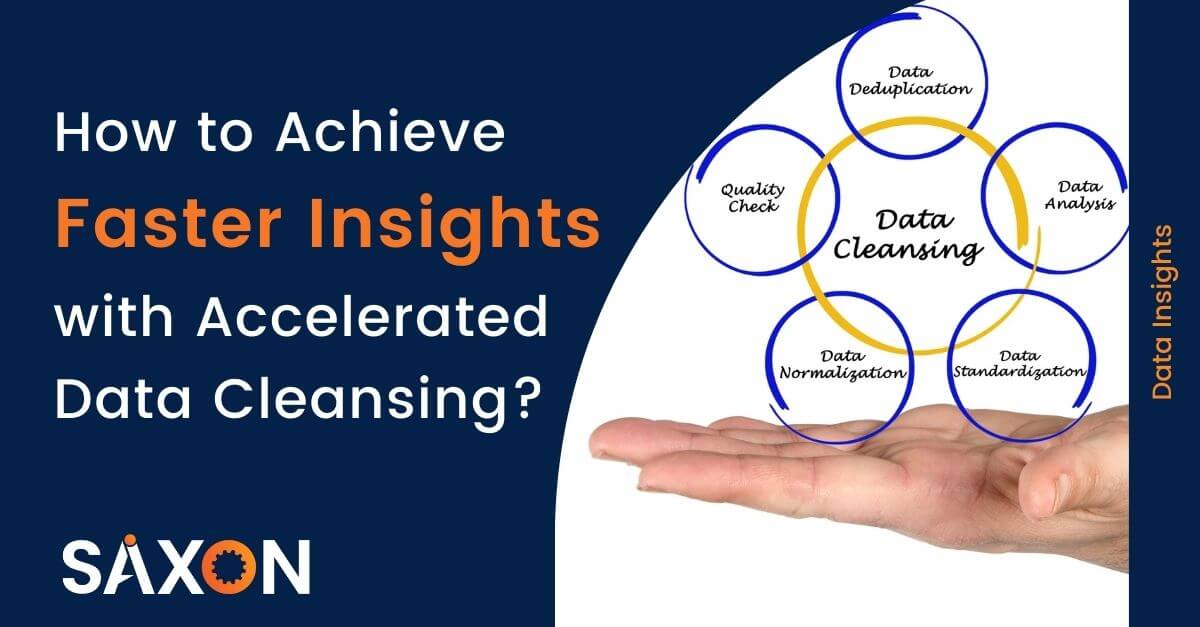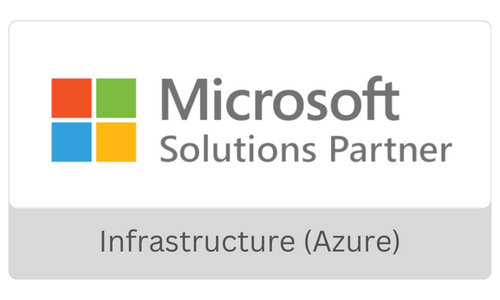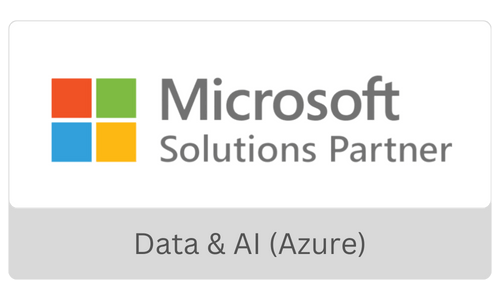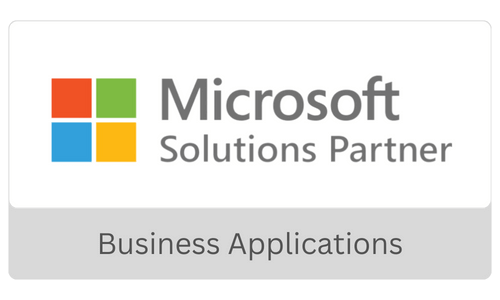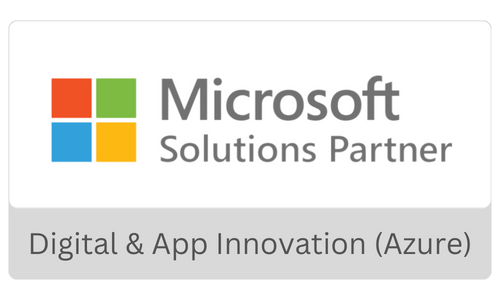Data scientists consider data cleansing as the least enjoyable job. Though the data cleansing practices have evolved, it still consumes around 45% of the time by data scientists. Data preparation consumes a lot of time and effort in generating insights.
Data preparation occupied around 80% of the data scientists’ time in the past surveys. Though it went down significantly, it varies according to the industry, data sources, and business size. But this is taking away the valuable time from other high-impact tasks like data visualization and AI and ML model building.
Why is Data Cleansing essential?
As per a report from Experian, 69% of the businesses consider that flawed data impacted their customer experience. The ever-growing struggles in keeping pace with volumes of customer data, rapidly shifting consumer trends, and inflexible technology seems to affect the data quality.
The report also says that most companies believe that 29% of their data is defective. Businesses face constant challenges in addressing the decaying data quality. B2B customer data decays at 30% per year, and the rate may be as high as 70% for larger businesses.
Duplicate, incorrect, missed, and outdated information can skew the insights generated for any business. Inconsistent data can hurt the bottom line too. As per Forbes, bad data costs companies 12% of their total revenue. The true potential of the insights depends on consistent and high-quality data to be reliable in decision-making. Data cleansing plays a crucial role in ETL to ensure trust for valuable insights.
What is Data Cleansing?
As most of us understand by the name, data cleansing is about finding and removing errors, missing information, duplicate data, and outliers. The main goal of data cleansing is to ensure high-quality and relevant data for data visualization and AI and ML models. Do we need to do this manually?
With the evolving tech landscape, a lot has changed concerning data cleansing. With different tools, you can set up pre-defined cleansing routines to make your job easy. What happens with these automated processes?
You can compare the unclean data with previous accurate data in the source to change any errors or misplaced text. Also, you can set up standardization rules so that any values are auto-corrected. What if you want to customize the routines?
The auto cleansing processing is interactive so that if the tool encounters a misspelled name, it autocorrects them. Also, if you set up a threshold value and do not meet the condition, you can define the rerouting conditions or corrections in the process. The automated process is more effective than the human-centric process while saving time and effort. Our in-house solution does this for you and other data engineering tasks to fasten the insights cycle.
Benefits of Data Cleansing
- Faster and accurate insights – The effectiveness of insights from data visualization tools, analytics, and AI models depends on the data quality. Improper input data will result in unreliable output; if the data cleansing takes longer, the overall time to value in the decision-making process. The more accurate data in your system, the better the results of the analytics models.
- Lower costs – As per different reports, organizations lose around 25% of their revenue due to bad data. Investing in time, technology, and tools early in the data lifecycle will improve the bottom line and enhance customer experience.
- Customer satisfaction – For most businesses, addressing customer needs on multiple channels has become crucial during the pandemic. Higher quality data not only helps you understand every detail of the consumer but enhances personalization, customer acquisition, and retention.
- Better productivity and utilization – Once you cleanse the data, all the stakeholders in the organization can rely on it without spending any additional effort. If you automate and increase the efficiency of data cleansing processes, you can utilize your data team for more value-added tasks.
Steps in Data Cleansing
Data cleansing methods are not the same across organizations and processes. But if we can standardize specific actions and define the data cleansing routines, you can save time and effort while accelerating the time to insights. Let us look at a few recommended steps in the data cleansing routines.
-
Leave Irrelevant Data
When applying different BI and analytics techniques, you may not need every data item you collect and save in the database. All the data items may not be relevant in the context of the analysis and processing. Also, such data items can skew the analytics models.
Consider the example of customer analysis for a specific product, and you may not need the customer data for all the products. So you can leave the data related to other products and customers.
In some instances, the fields in the data may be unnecessary in the model context. If we are trying to do any demand forecasting analysis or supply chain optimization, the customer’s phone number may not be relevant in the context. However, the data team needs to ensure this with all the stakeholders before leaving any data.
-
Text – Structural Issues
All the data entered in the database may not have the same format. For example, ‘Male’ can be entered as male or M or with any typo errors. How do we deal with such issues? One way to do it manually is to map each string to the prescribed format of the text. You can correct it with a bar graph or manually identify the outliers.
Alternatively, a fuzzy matching algorithm can help reduce the effort and time. The algorithm serves as a similarity measure calculated between strings. If the similarity measure is more than the pre-defined threshold, it would match the strings and correct them.
-
Outliers
Another significant challenge in data cleansing is to identify the outliers. All the outliers are not damaging to the insights; it is vital to assess the impact before removing any deviant values.
If we remove China from the world’s population analytics, it will impact the results. The data team needs to be more cautious in specific models like linear regression before removing the outliers.
-
Duplicate Data
The most common scenario of duplicate data arises when you merge the data from multiple sources. Duplicate records will skew the insights. Hence, it is crucial to define the rules for combining duplicate data when performing data cleansing routines.
-
Missing Values
Usually, data teams follow a few techniques to replace or drop the missing values from a dataset. Reinforcing the pattern from the existing dataset or discarding the values should not impact the computational results. Other techniques like telling the ML algorithms about missing values provide value if the data is missing consistently.
-
Validation
Data teams can ensure that the data is ready for analysis once they pass through the validation checks for accuracy and consistency. Though the process looks manual, you can leverage any AI-powered tool to ensure that there are no missing values or duplicate data and meets the range constraints.
How do you accelerate insights?
Data cleansing is mandatory for meaningful insights and intelligent data-driven business decisions. But, most people misunderstand and spend a lot of manual effort, which can impact the time to insight.
Insightbox, an end-to-end data engineering and analytics platform, can help you automate the cleansing routines and data pipeline with pre-built dashboards and AI models. Are you curious about expediting the platform?

